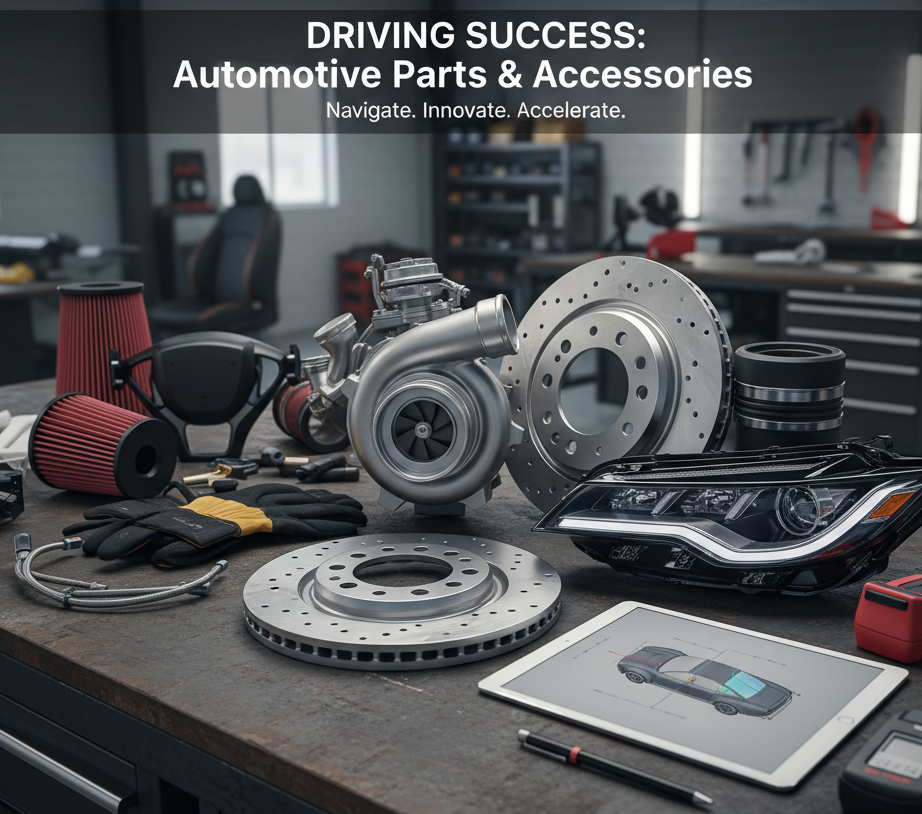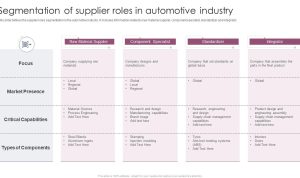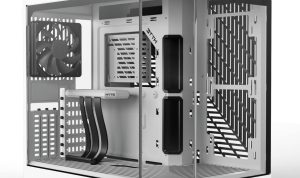The automotive industry is a vast and dynamic landscape, with the buying and selling of automotive parts and accessories forming a crucial pillar. From essential engine components to stylish interior upgrades, this market caters to a diverse range of needs, driving innovation and economic growth worldwide. Whether you’re a seasoned mechanic, a car enthusiast, or a business owner looking to optimize your inventory, understanding the intricacies of this market is key to unlocking its full potential.
The Ever-Evolving Automotive Aftermarket
The “aftermarket” refers to the secondary market for automotive parts, accessories, chemicals, equipment, and services. Unlike original equipment manufacturer (OEM) parts that come with a new vehicle, aftermarket parts are manufactured by companies other than the original car manufacturer. This segment offers a broader selection, often at more competitive prices, and is a significant driver of consumer choice and industry competition.
The aftermarket is segmented into two primary categories:
- Replacement Parts: These are components needed for vehicle maintenance and repair, such as brakes, filters, spark plugs, belts, and engine components. This segment is driven by the aging vehicle fleet and the necessity of regular servicing.
- Accessories: These are items added to a vehicle for aesthetic enhancement, functional improvement, or personalization. Examples include infotainment systems, seat covers, floor mats, roof racks, spoilers, and performance upgrades like exhaust systems or suspension kits. This segment is often driven by consumer trends, personalization desires, and technological advancements.
Key Factors Driving the Automotive Parts & Accessories Market
Several macro and microeconomic factors influence the growth and trends within this sector:
- Increasing Vehicle Population: A growing global car parc naturally leads to a higher demand for maintenance and repair parts.
- Aging Vehicle Fleet: As vehicles get older, they require more frequent repairs and replacements, boosting the demand for aftermarket parts.
- Technological Advancements: The continuous evolution of vehicle technology, including electric vehicles (EVs) and advanced driver-assistance systems (ADAS), is creating demand for specialized parts and accessories. This also means that traditional parts suppliers must adapt and innovate.
- E-commerce Penetration: The shift towards online shopping has revolutionized how consumers purchase automotive parts and accessories. Online platforms offer convenience, wider selection, and competitive pricing, making them increasingly popular.
- DIY Culture and Car Enthusiasts: A strong culture of do-it-yourself repairs and vehicle customization among enthusiasts fuels demand for performance parts, tuning kits, and aesthetic accessories.
- Supply Chain Resilience: Recent global events have highlighted the importance of robust and diversified supply chains for automotive parts, prompting businesses to re-evaluate their sourcing strategies.
The Transaction Landscape: Buying and Selling Strategies
The transactions involving automotive parts and accessories occur through various channels, each with its own advantages and target audience.
For Buyers:
- Brick-and-Mortar Retailers: Traditional auto parts stores remain popular for immediate needs, expert advice, and the ability to physically inspect parts. They often cater to both DIYers and professional mechanics.
- Online Marketplaces & E-commerce Stores: Websites like Amazon, eBay, specialized auto parts sites, and direct-from-manufacturer online stores offer unparalleled selection, competitive pricing, and convenience. Detailed product descriptions, customer reviews, and easy comparison tools are major draws.
- Dealerships: For OEM parts, dealerships are the primary source, ensuring perfect fit and often carrying manufacturer warranties. While sometimes pricier, they guarantee authenticity.
- Wholesalers & Distributors: These are often the go-to for professional mechanics and repair shops who buy in bulk for better pricing.
- Salvage Yards/Recyclers: For older or hard-to-find parts, salvage yards can be a cost-effective option, offering used components.
When buying, consider:
- Part Compatibility: Always verify that the part is compatible with your specific vehicle make, model, and year.
- Quality and Brand Reputation: Opt for reputable brands, especially for critical components.
- Warranty: Understand the warranty terms offered by the seller and manufacturer.
- Price Comparison: Shop around to ensure you’re getting a fair price.
- Shipping and Returns: Familiarize yourself with shipping costs and the return policy, especially for online purchases.
For Sellers:
- Online E-commerce Platforms: Setting up an online store or utilizing established marketplaces allows sellers to reach a global audience. Effective product listings, high-quality images, and robust inventory management are crucial.
- Physical Retail Stores: For sellers with a local presence, a physical store can build trust and offer immediate service.
- Wholesale Distribution: Supplying to repair shops, dealerships, or other retailers in bulk can be a lucrative strategy, requiring strong B2B relationships and logistics capabilities.
- Niche Specialization: Focusing on a specific segment (e.g., classic car parts, performance tuning accessories, EV charging solutions) can attract a dedicated customer base and reduce competition.
- Direct-to-Consumer (DTC): Manufacturers selling directly to consumers can offer better pricing and direct brand control, often via their own websites.
When selling, focus on:
- Inventory Management: Efficient tracking of stock levels, demand forecasting, and warehouse organization.
- Marketing and SEO: Optimizing product descriptions with relevant keywords, utilizing social media, and running targeted ad campaigns to reach potential customers.
- Customer Service: Providing excellent support, handling inquiries, and managing returns professionally builds loyalty.
- Competitive Pricing: Researching competitor pricing to ensure your offerings are attractive yet profitable.
- Logistics and Shipping: Reliable and cost-effective shipping solutions are vital, especially for bulky or heavy items.
The Impact of Digitalization and Data Analytics
The digital transformation has profoundly impacted the automotive parts and accessories market. Beyond e-commerce, data analytics plays an increasingly critical role.
- Predictive Maintenance: Analyzing vehicle data helps predict when parts will likely fail, creating opportunities for proactive sales of replacement parts.
- Personalized Marketing: Customer data allows sellers to offer tailored product recommendations and promotions, increasing conversion rates.
- Inventory Optimization: Data-driven insights help businesses forecast demand more accurately, reducing overstocking or stockouts.
- Supply Chain Visibility: Digital tools enhance transparency across the supply chain, allowing for better tracking of parts and more efficient logistics.
Challenges and Opportunities
While the market is robust, it faces challenges:
- Counterfeit Parts: The presence of fake or substandard parts poses a safety risk and damages brand reputation.
- Rapid Technological Change: Keeping up with new vehicle technologies requires continuous adaptation in product offerings and technical knowledge.
- Environmental Regulations: Increasing pressure for sustainable practices impacts manufacturing processes and material choices.
However, these challenges also present opportunities:
- Sustainability: A growing demand for eco-friendly parts, recycled materials, and energy-efficient manufacturing.
- Electric Vehicle (EV) Aftermarket: A nascent but rapidly growing market for EV-specific parts, charging infrastructure, and specialized repair services.
- Personalization: The desire for unique vehicle customization continues to drive demand for accessories and performance upgrades.
- Global Expansion: Untapped markets offer significant growth potential for established businesses.
Conclusion
The automotive parts and accessories market is a vibrant ecosystem, constantly evolving with technological advancements and shifting consumer demands. For buyers, it offers a wealth of choices to maintain, repair, and personalize vehicles. For sellers, it presents immense opportunities for growth, provided they adapt to digital trends, prioritize customer experience, and maintain robust supply chains. By understanding the dynamics of this critical sector, stakeholders can drive efficiency, foster innovation, and accelerate success in the fast lane of the automotive industry.













